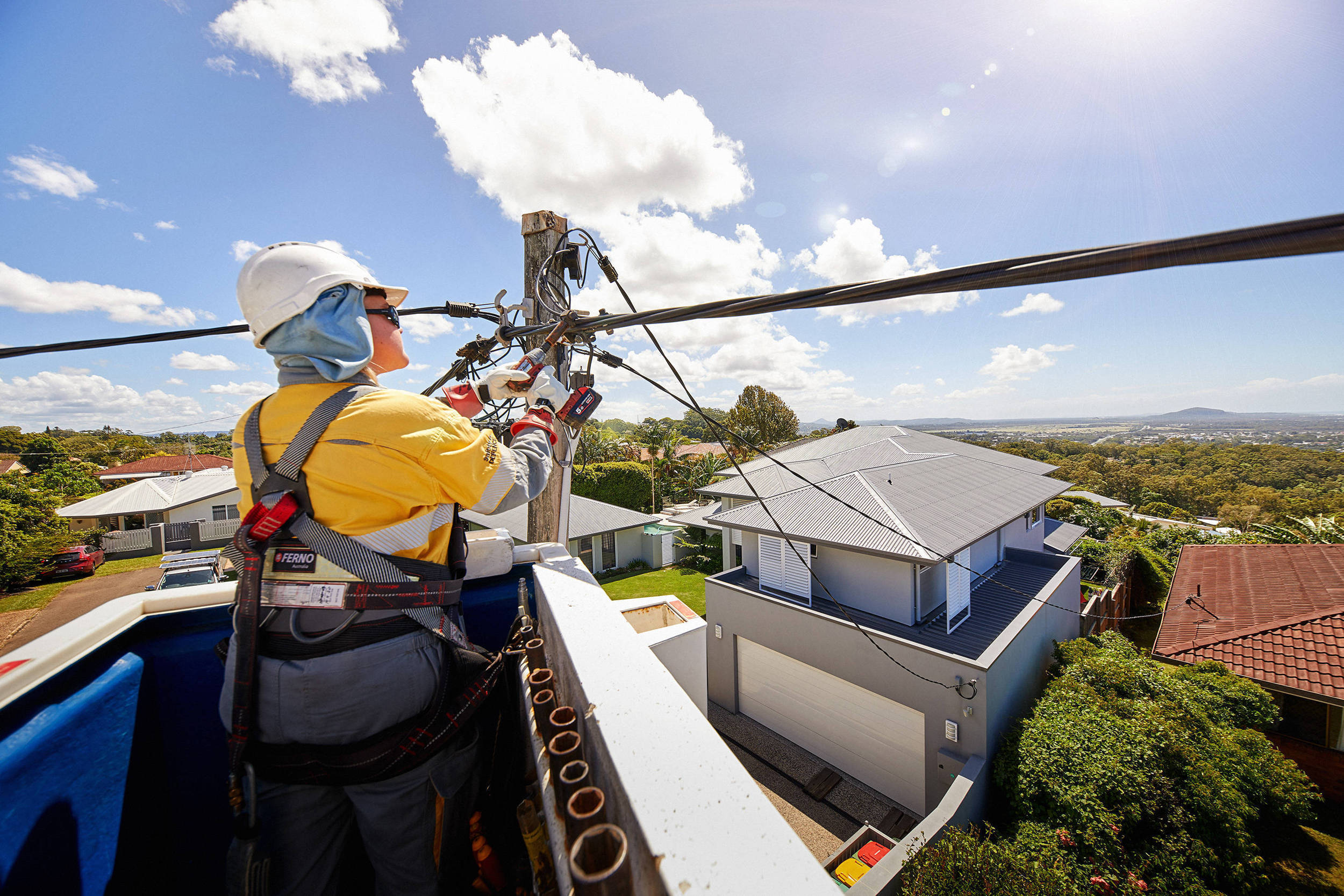Thank you for the great response to our request for feedback on the proposed new Queensland Electricity Connection Manual (QECM), which has been circulated for external consultation since 16 June 2023. We know there are many different views so really appreciate your responses.
If you were unable to attend our webinar held on the 28 June, the slides and video recording are now available on the Talking Energy website.
We have welcomed great engagement to date with a number of stakeholders providing feedback on a broad range of topics, areas of particular interest include:
- Meter board locations
- Electric vehicle charging
- Additional Distribution Network Service Provider (DNSP) service point provision
As part of the consultation process, we will review the feedback received with the aim to clarify and or amend the draft QECM where appropriate. This version of the QECM represents the first major update in multiple years and there has been a focus on improving alignment, clarity and document structure to support future revisions whilst also responding to change. We acknowledge that some stakeholders may see changes as significant, whilst others may not see the level of change they expect.
Where suggestions cannot be accommodated in a timely manner, we will seek to progress activities beyond the publication of this version of the QECM. Additional DNSP service point provision is one area that will need further investigation beyond QECM Version 4 publication, to identify options that align with broader safety and statutory considerations. We will be issuing further information about that separately this year and have had further engagement with some stakeholders already.
In recognition of the level of interest and feedback received, we will be extending the external consultation period for an extra week, until Friday 21 July 2023.
You can access the draft QECM and the feedback form via our Talking Energy website.
We look forward to continuing engagement with our key stakeholders to ensure the QECM evolves to meet the changing needs of both our network and our customers.
If you have any questions on the draft QECM please email standardsfeedback@energyq.com.au

